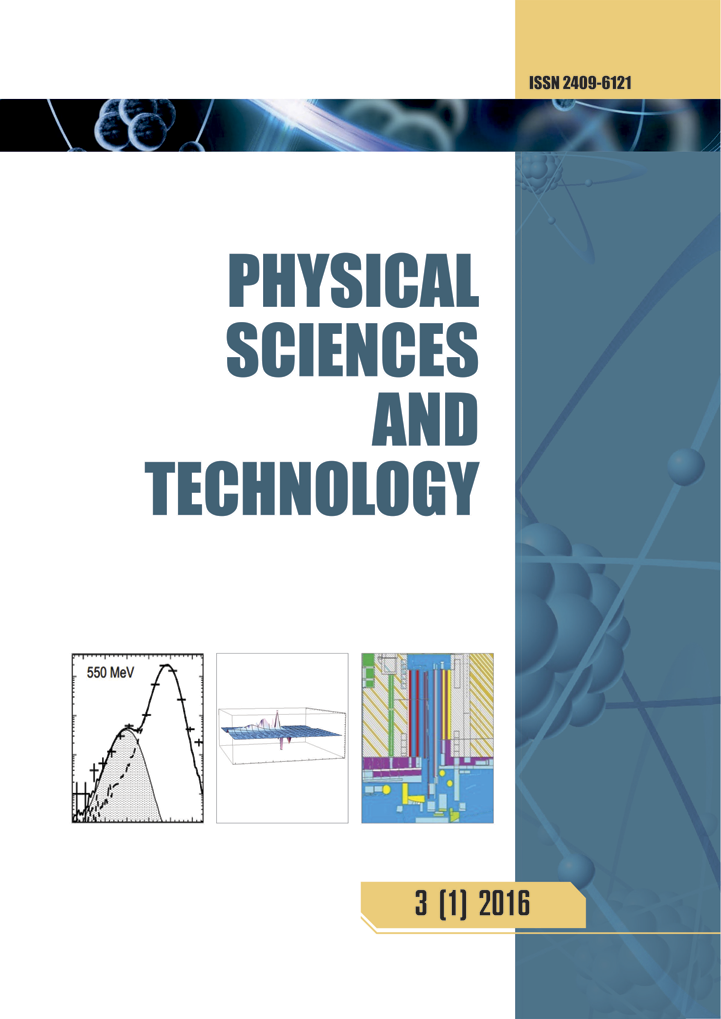Effect of copper in silver сoatings on the corrosion behavior of NZ30K–0.1 wt.% Ag alloy in Ringer–Locke solution
DOI:
https://doi.org/10.26577/phst20251219Abstract
This study investigates the corrosion behavior of NZ30K + 0.1 wt.% Ag alloy coated with a silver layer containing copper impurities introduced unintentionally during plasma spraying. X-ray spectral analysis revealed the coating composition as 60.1 wt.% Ag and 39.9 wt.% Cu, which significantly influenced the corrosion performance in Ringer–Locke solution. Intense contact corrosion occurred at coating defects, initiating crevice corrosion and delamination at the transition between cylindrical and flat surfaces. A rapid negative shift in corrosion potential (E<sub>cor</sub>) at 29.9 mV/s was observed—1.67 times faster than in samples with a 1200 nm thick pure silver coating. Subsequently, the shift rate decreased to 0.008 mV/s and stabilized at –1.356 V. Localized corrosion developed into pitting and deep ulcers due to selective anodic dissolution, resembling damage typical of stainless steels in chloride environments. The results indicate that copper contamination in silver coatings on NZ30K-based biodegradable implants is detrimental, as it accelerates local corrosion and hydrogen evolution, potentially contributing to muscle necrosis during bone healing.
Keywords: Biodegradable magnesium alloy, NZ30K-Ag composite, corrosion in Ringer-Locke solution, copper-contaminated silver coatings, localized and crevice corrosion.




